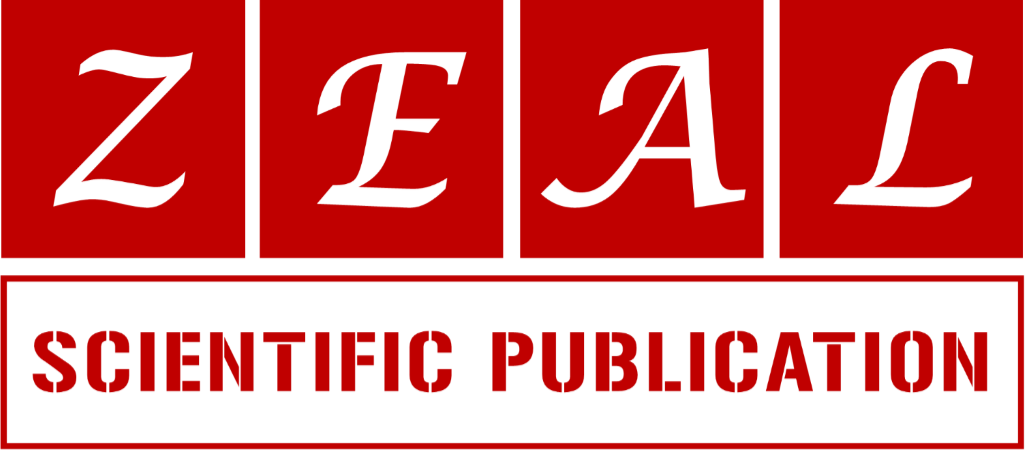Isolation and identification of hydrocarbon degrading bacteria and fungi from waste engine oil impacted soil, their distribution frequency and hydrocarbon degradation capacity
1 Department of Chemical Sciences, Akwa Ibom State Polytechnic, Ikot Osurua, Ikot Ekpene, Akwa Ibom State, Nigeria.
2 Department of Public Health, University of Calabar, Cross River State, Nigeria.
Research Article
World Journal of Advanced Science and Technology, 2024, 05(02), 023–034.
Article DOI: 10.53346/wjast.2024.5.2.0032
Publication history:
Received on 14 February 2024; revised on 19 April 2024; accepted on 22 April 2024
Abstract:
The isolation and identification of hydrocarbon degrading bacteria and fungi from waste engine oil contaminated soil obtained from Mechanical Village, Uyo, Akwa Ibom State, their distribution frequency and hydrocarbon degradation capacity were investigated using standard method. The results revealed that Bacillus myocoides, Staphylococcus aureus, Listeria murrayi, Actinomycete viscosus, Clostridium sporogenes, Bacillus licheniformis, Corynebacterium ulcerans and Clostridium histolyticum were bacteria identified. Fungi identified were Fusarium oxysporum, Cryptococcus terreus, Penicillium notatum, Aspergillus fumigatus, Rhizopus stolonifer, Rhizopus oryzae and Rhodotorula mulcilaginosa. Their distribution frequency were B. myocoides (27.9 %), S. aureus (8.1 %), L. murrayi (9.9 %), A. viscosus (11.7 %), C. sporogenes (16.2 %), B. licheniformis (7.2%), C. ulcerans (12.6 %) and C. histolyticum (6.3 %) for bacteria. For the fungi, F. oxysporum (15.3 %), C. terreus (4.1%), P. notatum (20.4 %), A. fumigatus (11.2 %), R. stolonifer (10.2 %), R. oryzae (24.5%) and R. mulcilaginosa (14.3%). The efficiency of the microbial isolates to degrade waste engine oil from petrol and diesel driven vehicles as their major source of energy were found to vary among the microorganisms. C. sporogenes degraded waste engine oil from petrol driven vehicle with the highest efficiency (38.09%), whereas S. aureus demonstrated the least efficiency (19.28 %). C. histolyticum utilized waste oil from diesel vehicle with the highest efficiency (35.00%), while C. ulcerans was the least (17.31%). Among the fungi isolates, R. mulcilaginosa showed most degradation potential for spent oil from petrol driven vehicle (34.85 %) whereas C. terreus was the least (20.00 %). A. fumigatus exhibited highest degradation capacity for spent oil from diesel driven vehicle (29.73 %) while R. oryzae demonstrated the least potential (20.76 %). These results implied that microbial consortium could best be used for remediation of hydrocarbon contaminated soil.
Keywords:
Isolation; Identification; Bacteria; Fungi Waste Engine Oil; Hydrocarbon Degradation
Full text article in PDF:
Copyright information:
Copyright © 2024 Author(s) retain the copyright of this article. This article is published under the terms of the Creative Commons Attribution Liscense 4.0
